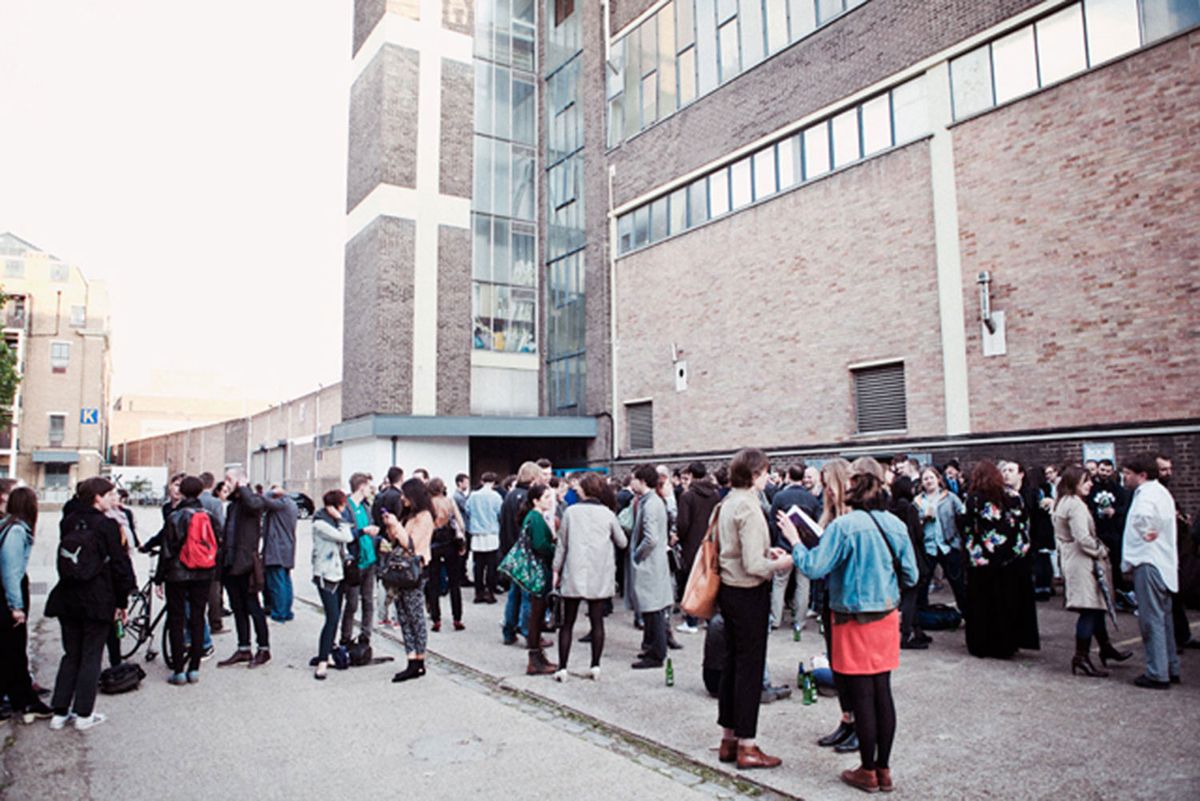London’s V22 art collective is due to commence building a huge temporary neighbourhood containing affordable artists’ studios and exhibition space on the banks of the Thames in Silvertown, in the south-east of the capital.
The project, called Silvertown Studios, will sit on 62 acres of land and is part of a wider £3.5bn regeneration scheme backed by the Greater London Authority and the Silvertown Partnership on the Royal Docks.
Tara Cranswick, the director of V22, started providing affordable studio space for artists in 2006. One of her aims, she says, is to give artists “a greater stake in the art economy” and to prevent them from being driven out of London because of rising rents.
In 2010, V22 organised a non-commercial exhibition called Young London, featuring works by the video artist Ed Atkins and the Turner Prize-winner Laure Prouvost, at F Block in Bermondsey, which housed exhibition space and 400 artists. Soon after the show, however, V22 lost the space as gallery heavyweights such as White Cube set up in the area—a move which in part led V22 to focus on leasing and buying buildings.
In September, V22 will stage another Young London show, this time at the new Silvertown site. Rowan Geddes, who has worked at Gasworks in south London, will curate the show.
The collective also owns an art collection containing works by Phyllida Barlow, Chantal Joffe and Elizabeth Price. Commissioned artists are paid for their work in a combination of cash, shares in the PLC and studio time.
“Some artists want more cash and others want to be paid in shares,” Cranswick says. “At the end of 2016 we were 39% owned by artists; my target is 50% or higher.”
V22 is formed of three separate companies: a public limited company operating on the stock market; a subsidiary which operates as a property holding for V22’s London properties (eight leased, two owned); and a not-for-profit that runs its community projects, including the day-to-day operation of two libraries.
“I looked at the co-op model but found it too bulky," Cranswick says. “Instead we went for a shared ownership structure through the stock market, which seemed like a great idea at the time and in many ways has turned out to be.”


